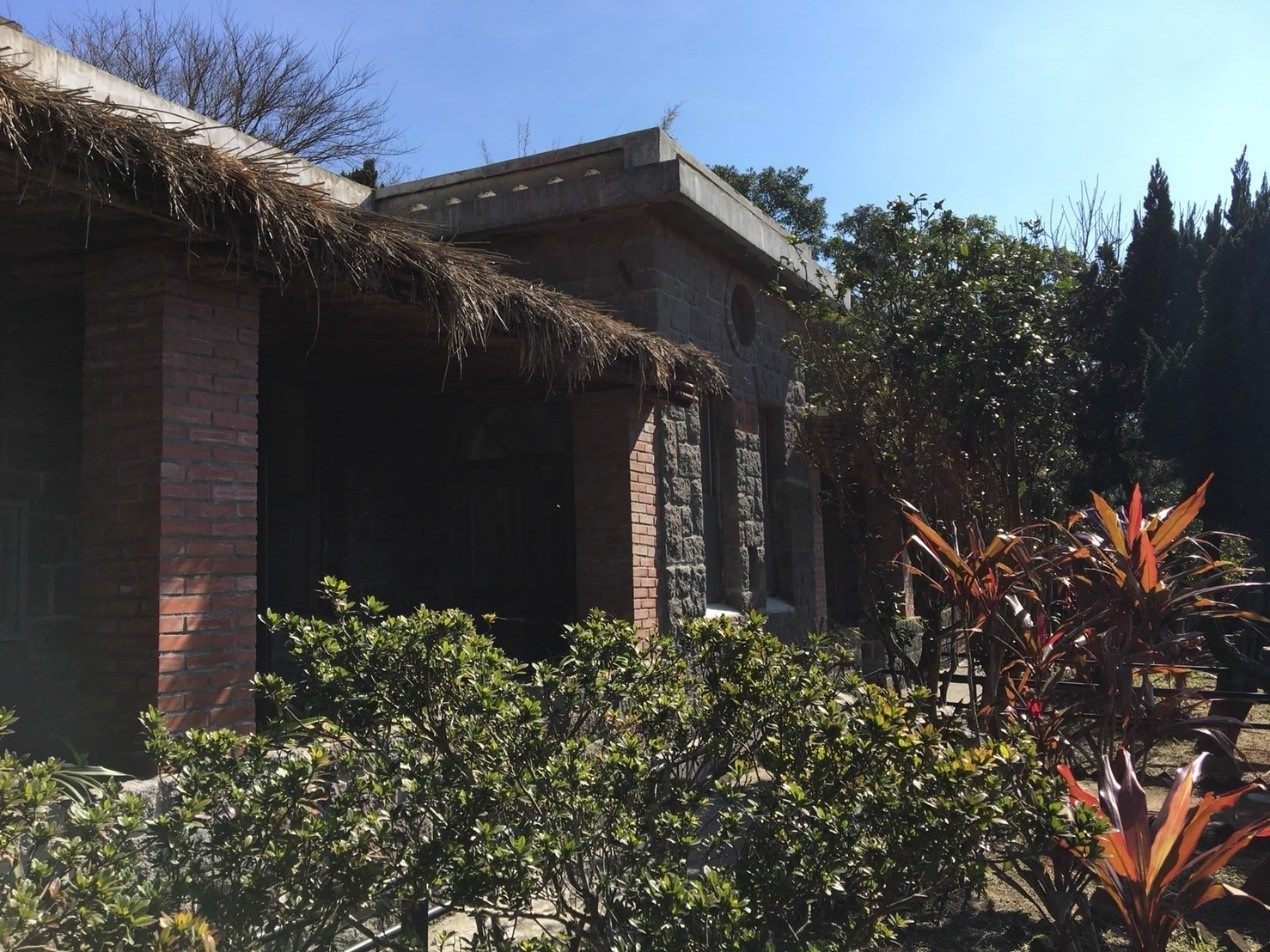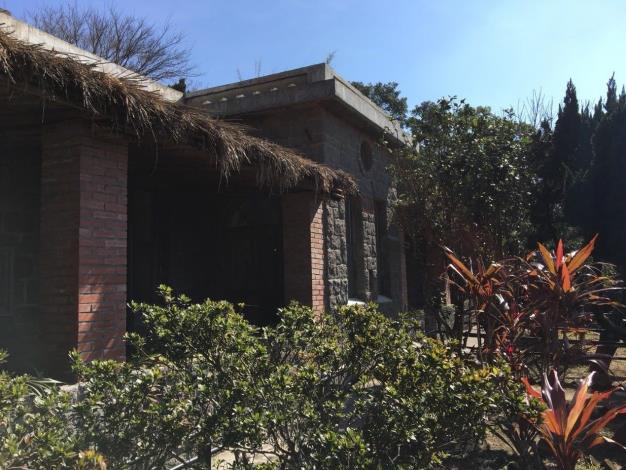Yan Xi-Shan House
Yan Xi-Shan (1883–1960), courtesy name “Po-Chuan” and sobriquet the “Shanxi King”, governed Shanxi Province for 38 years, transforming it into a model province. He played a significant role in many pivotal events in modern Chinese history, including the Anti-Qing Alliance, Xinhai Revolution, Hongxian Monarchy, the establishment of the Republic of China, Central Plains War, KMT–CPC cooperation, Sino-Japanese War, Chinese Civil War, and the KMT’s retreat from China to Taiwan. He was a crucial figure in the shaping of modern China. Yan served as Premier of the Executive Yuan and the Minister of National Defense before the Nationalist government’s flight to Taiwan. After stepping down from his official roles, he retired to Yangmingshan. During his last ten years in seclusion on Yangmingshan, Yan devoted himself to scholarly pursuits, culminating in the completion of his works One World (世界大同) and Three Hundred Years of China (三百年的中國). He stood as an enduring practitioner of Confucianism, embodying the principles of virtuous character, significant achievements, and impactful teachings. During his later years, Yan felt a deep sense of nostalgia for his hometown and chose to construct two homes—Zhong Neng Dong and the Red Brick House—on a wind-defying slope. From here he could gaze out over the mouth of the Tamsui River and the Taipei Basin, both satisfying his yearning for home and serving military defense purposes. Notably, Zhong Neng Dong was built in the style of Shanxi cave dwellings, incorporating architectural features from China, Japan, and the West. The age of construction, scale, and the layout differ significantly from typical historical sites. The Red Brick House, on the other hand, was designed as an air-raid shelter, with three-foot-thick walls in some places, reinforced steel plates around doors and windows, and such defensive features as a disguised shed and sentry posts. In 2004, the Red Brick House and Zhong Neng Dong were jointly designated as a municipal historical site named “Yan Xi-Shan House”. The adjacent Yan Xi-Shan Tomb was also designated as a historical site in 2010. Zhong Neng Dong serves as the central structure of Yan Xi-Shan’s residence and was named by Yan himself. It embodies his cosmology, using Zhong Neng to observe universal changes. This fortress-like dwelling became the final resting place for this significant figure of modern history.


![Taiwan.gov.tw [ open a new window]](/images/egov.png)
